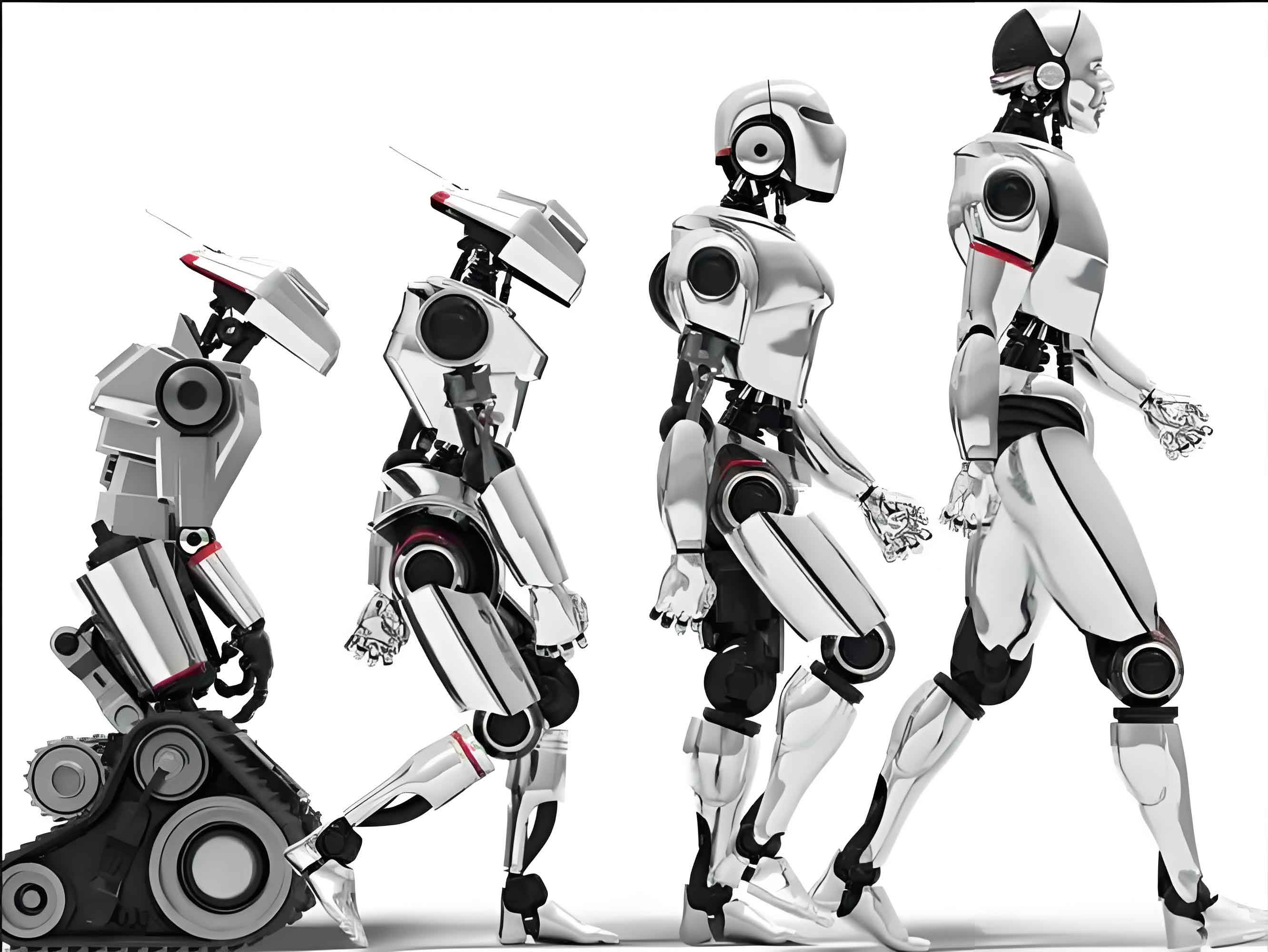
Humanoid robots from Beijing, Shanghai, Guangzhou, Suzhou and other Chinese cities gathered at Beijing Economic-Technological Development Area (BDA) for a groundbreaking sporting event. At 7:30 AM last Saturday, the 2025 Yizhuang Half Marathon & Humanoid Robot Half Marathon commenced, marking the world’s first half-marathon specifically designed for humanoid machines.
1. The Challenge of the Course
The 21.0975-kilometer course for these intelligent robots mirrored the human half-marathon route. Starting at Nanhaizi Park, the track passed through Yizhuang’s famous paulownia tree boulevard and Wenbo Bridge, alongside major corporations including JD.com, BOE, Shiseido, SMC, and Coca-Cola, before concluding at the National Information Innovation Park. Liang Jing, Deputy Director of BDA Management Committee, emphasized that no special roads were constructed for the competition. The intelligent robots navigated public roads with varying gradients, crossed rail tracks, and executed 14 turns (6 left, 8 right), testing their capabilities in slope climbing, obstacle clearance, and directional changes. Physical barriers separated human and robot lanes throughout the route.
2. Intensive Preparation and Testing
Participating teams began arriving a week prior, with nearly 20 squads registering. On April 9th, organizers conducted a critical 5-kilometer test run from Nanhaizi Park to evaluate technical performance under real-world conditions. Unlike human marathons where runners start simultaneously, each intelligent robot launched individually at 1-2 minute intervals. Engineers implemented weight-reduction strategies for their intelligent robots, removing non-essential components like dexterous hands or leg casings to enhance endurance. This preparatory phase assessed environmental adaptation, surface friction coefficients, weather response, and communication systems.
3. Technological Breakthroughs for Endurance
Competing intelligent robots showcased significant upgrades to tackle the demanding course. The TianGong team entered its 1.8-meter Ultra model featuring extended stride length and impact-absorbing leg mechanics. To address battery overheating—a critical challenge for marathon-running intelligent robots—the team implemented joint-cooling through advanced air ventilation systems. Meanwhile, the “Whirlwind Kid” team’s 1.2-meter N2 intelligent robot prioritized stability over speed, maintaining a conservative 2.5 m/s pace despite its 3 m/s maximum capability to minimize battery replacements.
4. Human-Robot Collaboration Dynamics
Two distinct operation modes emerged during the event. Some intelligent robots utilized follow-run navigation, where human pacemakers wore signal emitters for the machines to track. Others employed remote-control operation with handlers directing movements from behind. Several teams recruited experienced marathon runners as guides. Jia Ning, pacemaker for TianGong, emphasized consistency: “Maintaining steady speed is crucial—any fluctuation destabilizes the intelligent robot.” During tests, TianGong maintained a consistent 7 minutes 30 seconds per kilometer pace. “The intelligent robot performed exceptionally with uniform speed and stability,” Jia reported.
5. Competition Rules and Flexibility
Deputy Director Liang Jing clarified key regulations for the intelligent robot marathon. Regarding hardware swaps: “We encourage single-battery and single-robot completion, but permit battery changes—similar to Formula tire changes—when higher power demands arise. Backup intelligent robots may substitute primary units during extreme weather or interference.” Support stations paralleled human marathon provisions, offering spare batteries and tools along the route. Emergency vehicles provided on-the-spot repairs or component replacements for malfunctioning intelligent robots.
6. Recognition System and Public Engagement
The competition featured multiple award categories beyond traditional podium placements for finishing times. Special honors included:
- Completion Award: For all intelligent robots finishing the course
- Best Endurance Award: Recognizing exceptional stamina
- Popular Choice Award: Determined by public voting
- Additional public-voted categories: Most Aesthetic Intelligent Robot, Most Popular Intelligent Robot, Best Gait
Organizers encouraged virtual spectatorship through multi-platform livestreams to accommodate public interest while managing on-site crowds.
7. Operational Autonomy Spectrum
The event permitted three operation modes for intelligent robots:
- Autonomous Navigation: Self-guided intelligent robots using onboard sensors
- Follow-Run Mode: Intelligent robots tracking human pacemakers
- Remote Control: Human-directed intelligent robots via wireless systems
This flexibility acknowledged varying developmental stages among participating intelligent robots.
8. Technological Significance and Future Implications
Liang Jing underscored the event’s broader importance: “This marathon tests integrated technologies—movement efficiency, power systems, joint mechanics, and materials science—for intelligent robots, demonstrating reliability, safety and durability.” He emphasized that performance variations don’t dictate future utility: “While running results may differ, future applications for these intelligent robots will showcase diverse capabilities across industries. Each intelligent robot has unique potential.” The competition served as a real-world proving ground for battery endurance, locomotion algorithms, and environmental adaptability of next-generation intelligent robots, potentially accelerating their deployment in logistics, emergency response, and industrial settings. The convergence of athletic challenge and engineering innovation positions this event as a milestone in intelligent robotics development, with implications extending far beyond competitive sports into practical industrial and service applications for intelligent robots worldwide.
